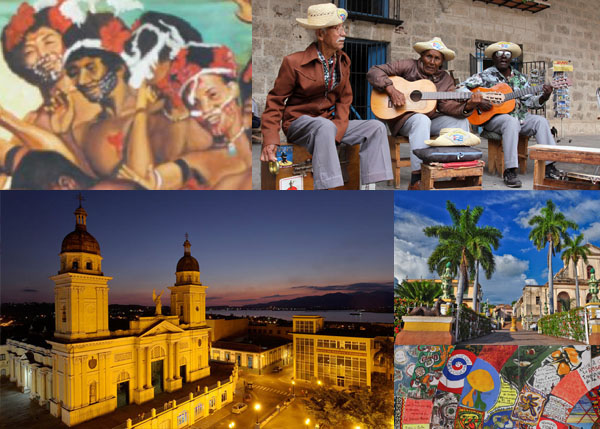7.2.2 Creole dance.

The Danza, as the successor to the Contradanza, maintained the same musical characteristics, that is, it had a contrasting binary (AB) form; it could be in 2/4 or 6/8 time. It was performed by the typical orchestra. Its structure consisted of two parts of 8 bars each, which were repeated, becoming 16 bars. The 8 bars repeated in the two sections were gradually replaced by two sections of 16 bars each, thus becoming a 32-bar structure. Thus, the Danza appropriated this figure, making it uniquely its own around 1870. The Cuban Danza had a slow and melancholic tempo.
Dance, like the Contradanza, also drew its entire musical tradition from the most popular genres, such as street cries and sainetes, which established the basis for the melody of many of them. It also borrowed themes and melodic motifs from different genres of concert music, such as arias and opera overtures, among others. This practice was widespread in our country. It characterized the musical creations of the 19th century, as it also transcended the Danzón of the late 20th century.
In the Danza, unlike the Contradanza, there is an alteration of its traditional formal form or scheme. Upon the return of the sieve from the second round, new improvisational material was heard. The contrasting element between the thematic materials of the work was thus emphasized, with a strong emphasis on rhythmic and improvisatory components. This emphasis was generally assumed by the Cuban pailas or timbales.
Some of the best-known dances are: “El Sungambelo” and “El Ñáñigo.” There is a first national expression in contradanzas and dances, represented essentially by the work of Manuel Saumell.








